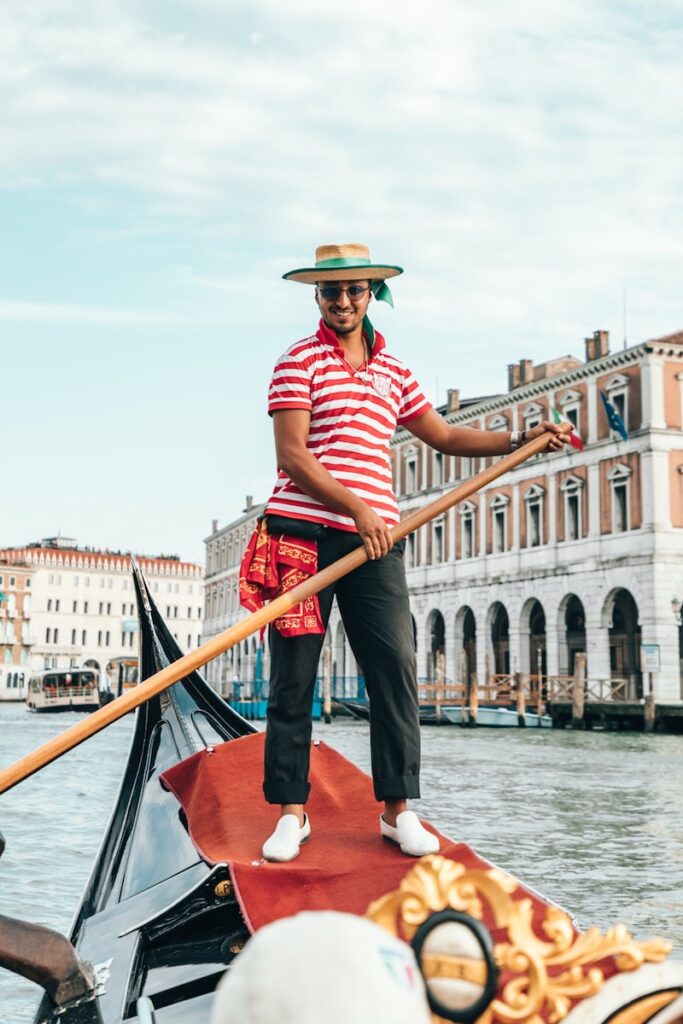Chopin, Barcarolle
Barcarolles or boat songs were folk songs traditionally sung by Venetian gondoliers. They became particularly popular in the early 19th century and influenced the character of opera arias. Some composers even turned them into purely instrumental character pieces for the piano or other instruments. In fact, it seems that almost every 19th-century composer wrote a barcarolle at some point. We hear them in the popular operas of Rossini, Weber, Donizetti, and Verdi. In the piano repertoire, we find them by lovely works by Mendelssohn, Liszt, Anton Rubinstein, Tchaikovsky, and Fauré, just to name a few. Many of these post-date Chopin, but they indicate the popular interest in the form.
Chopin had models of different styles of barcarolles to draw from when he contemplated writing his famous Barcarolle in F-sharp major, Opus 60. He certainly would have heard them sung from the opera stage and played in the Parisian salons that served as such important musical venues at his day. He likely knew Mendelssohn’s Venetianisches Gondellied of 1830 from his larger collection Songs Without Words the rhythm of a boat moving through the water. The folk-like melody of this piece conjures up a picture of a Venetian gondolier, working hard to earn his daily wages. The undulating compound meter evokes the gentle waves.
Chopin’s Barcarolle written in 1845 expresses these same elements but, as Chopin loved to do, the composer took things several steps further. He added in his characteristic virtuosic flourishes and harmonic complexity while still retaining an overall sense of simplicity. Moreover, his Barcarolle has the broad character and narrative sweep of his four expansive story-telling Ballades and sometimes even is called his “fifth Ballade.” This piece became one of Chopin’s personal favorites as evidenced by the fact that he frequently included it in his performances.




